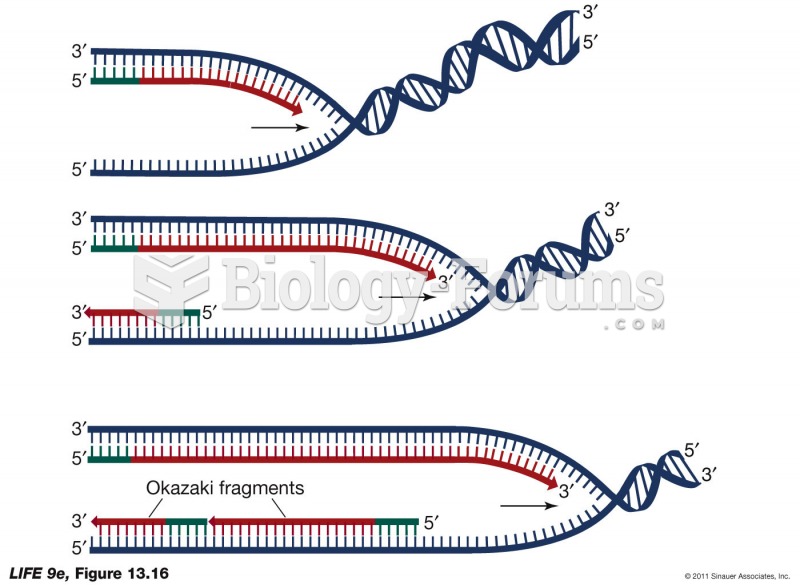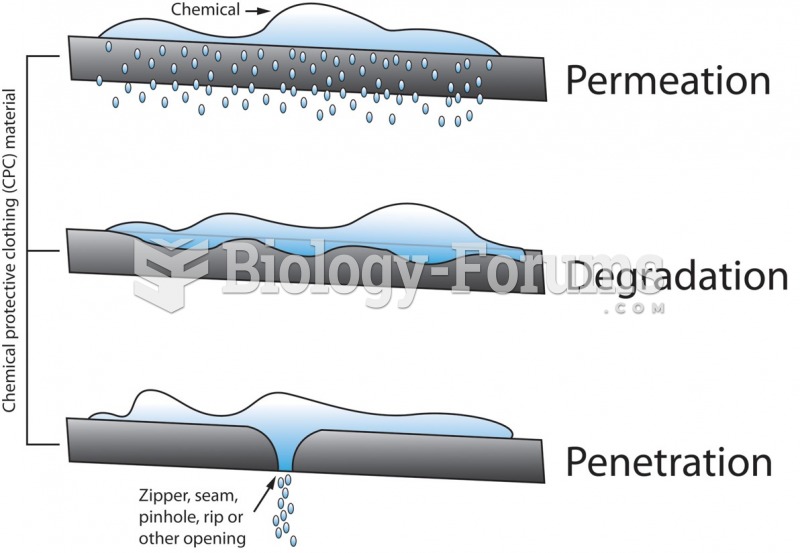Answer to Question 1
Answers can include a combination of any of the rewards listed below along with the explanation of when an organization should use that reward:
A . Base Pay: given to employees in exchange for the work performed. The base pay focuses on the position and duties performed rather than an individual's contribution. Base pay can be used when employees perform similar duties and the organization wants a way to account for similarities across the organization.
B. Cost-of-Living Adjustments: the same percentage increase for all employees regardless of their individual performance. Cost-of-living adjustments are given to combat the effects of inflation by preserving the buying power of the dollar.
C. Contingent Pay: given as an addition to the base pay based on past performance. It can be used when an organization wants to link compensation to performance.
D. Short-Term Incentives: incentives are allocated based on past performance and aim to increase motivation in the short-term. Short-term incentives can be used when a company wants to reward performance but may not have the funds to make permanent salary increases.
E. Long-Term Incentives: attempt to influence future performance over a longer period of time. Long-term incentives may be used to retain top performers by getting the employee to invest in the organization's success.
F. Income Protection: serves as a back-up to employees' salaries in the event that employees are sick, disabled, or no longer able to work. This is a good way to protect all employees from income lost due to illness, injury, death, or loss of employment.
G. Work/Life Focus: programs that help employees achieve a better balance between work and non-work activities. Organizations can use these to attract a certain population (e.g., working mothers who want more flexibility in their jobs).
H. Allowances: allowances covering housing and transportation. These are typically given to expatriate personnel to ease the burden of not operating in their home countries.
I. Relational Returns: include recognition and status, employment security, challenging work, opportunities to learn, and opportunities to form personal relationships at work (including friendships and romances). These are great ways to motivate all employees at all times.
Answer to Question 2
B







